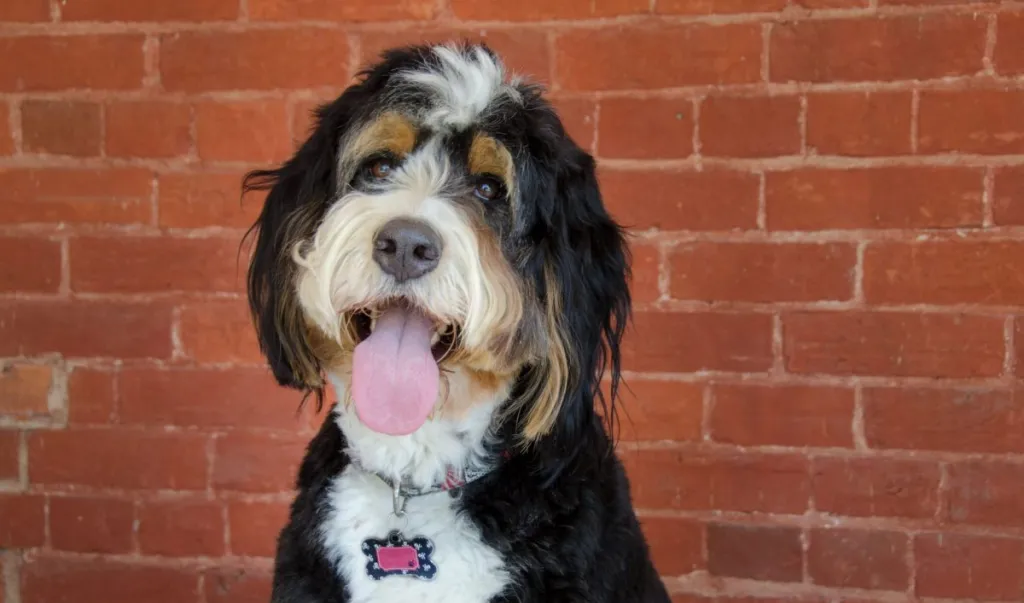Dog ownership is on the rise and many owners are learning the ins and outs of keeping their dog happy and healthy. Just like with humans, anxiety is one of the biggest mental health problems. According to some studies, as many as 70% of dogs experience some form of anxiety-related behaviour.
One of the more common situations in which anxiety behaviours present themselves is during grooming. The experience can be stressful for the dog, as they can be required to sit still while strange things are happening around them. Even otherwise well-behaved dogs can become anxious when the brush comes out.
The most dangerous symptom of dog anxiety is aggression, and with larger dogs, even accidental nips or scratches can be painful for the owner. Calming down your dog during grooming is important so that you can avoid being on the receiving end of their teeth and claws. So if you’re a dog owner with a high-maintenance grooming dog such as a Poodle or you’re looking into buying Husky puppies, here’s what you need to know about grooming an anxious dog.
How to Groom an Anxious Dog
Many dog owners may not know how to approach grooming their anxious dog. It is important to understand that all dogs are different and will therefore require different approaches when it comes to grooming. The most important thing is to make sure the experience is as positive as possible for both the dog and the owner. With a little patience and some preparation, any dog can be successfully groomed at home.
The first step is to identify what type of anxiety your dog may have. There are many different types of anxiety and each one will require a different approach. For example, some dogs may only be anxious when they are being groomed, while others may be anxious all the time.
If your dog is only anxious during grooming, it is likely that he or she does not enjoy the process. On the other hand, if your dog is anxious all the time, he or she may be afraid of being left alone or may have separation anxiety. It is important to understand what type of anxiety your dog has in order to best approach the situation.
If Your Dog Is Only Anxious During Grooming
If your dog is only anxious during grooming, there are a few things you can do to make the experience more positive. First, it is important to start slowly and gradually increase the amount of time you spend grooming your dog. This will help your dog get used to the process and hopefully make him or her less anxious.
It is also important to be as calm and gentle as possible when grooming your dog. Dogs can sense when their owners are stressed and this will only make them more anxious. If you are calm and relaxed, your dog will likely follow suit.
Finally, it is important to reward your dog for good behaviour during grooming. This can be done with treats, petting, or verbal praise. Rewarding your dog will help him or her associate grooming with something positive instead of something to be afraid of, making them more open to being groomed in the future.
If Your Dog Is Anxious Most Of The Time
If your dog is anxious most of the time, there are also a few things you can do to help make grooming a positive experience. First, it is important to establish a regular routine for grooming so that your dog knows what to expect and when to expect it. This will help reduce some of the anxiety associated with not knowing what is going to happen next.
It is also important to create a safe and comfortable space where your dog can be groomed. This means having all of the necessary supplies on hand and making sure the area is quiet and free from distractions.
Finally, it is again important to reward your dog for good behaviour during grooming so that he or she associates it with something positive instead of something negative. It may be good to have someone help you while you groom your dog, so that they can constantly give your dog positive reinforcement and attention during the grooming.
What To Do if Your Dog Has Severe Anxiety
However, for severe cases of canine anxiety, you should consider approaching your veterinarian or a canine behaviourist. They will be able to more accurately diagnose the issue and address the root cause of your dog’s anxiety. Just be aware that treatment is generally long-term, and can span over several years. There is typically no quick fix for anxiety in dogs, and prescription medications are often a last resort.
Training and counterconditioning are the main ways of treating severe canine anxiety, but these must be implemented by a certified canine behaviourist and veterinarian. Training an anxious dog is not always easy, so you may need to leave your dog with a trainer if that is the course of action that your behaviourist advises.




